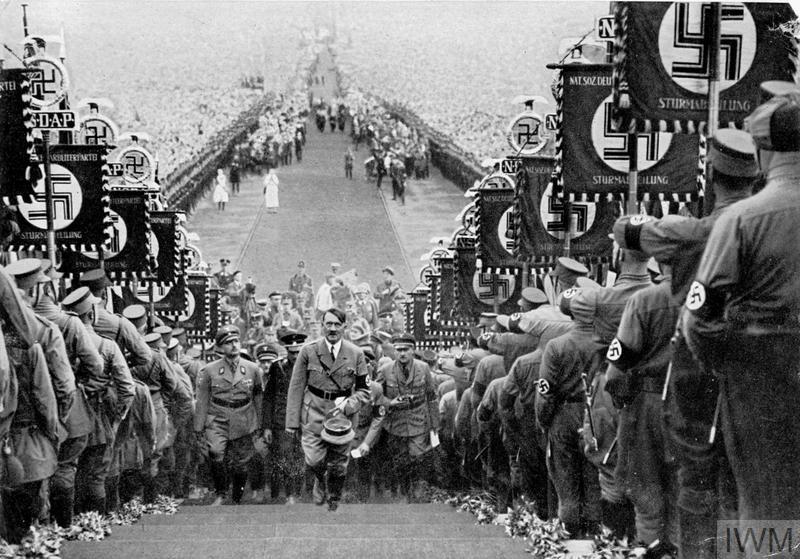Poorly armed, neutral Norway became the first victim of Germany’s Blitzkrieg in western Europe in April 1940.
Both the Allies and Germany ignored Norwegian neutrality. During the winter, Germany imported Swedish iron ore through the Norwegian port of Narvik. In response, Britain planned to lay mines along the Norwegian coast. British sailors also boarded the German ship Altmark in Norwegian waters.
Germany launched a full scale invasion on 9 April 1940. In a series of surprise attacks, 10,000 German troops seized the capital, Oslo, and the main ports. Although Allied efforts to intervene on land ended in failure, the invasion was costly for the German Navy. The new cruiser Blücher was sunk by Norwegian coastal guns at Oslo, and the scattered German ships were vulnerable to the Royal Navy, which scored a notable victory at Narvik. Further losses and damage to Germany’s few modern warships were inflicted by Allied submarines and aircraft.
On land, the poorly equipped Allied troops were outnumbered and outgunned. By 2 May, most had been evacuated, although fighting continued at Narvik until the Germans had invaded France and Belgium, when it became urgent to save the remaining 24,000 Allied soldiers for use elsewhere. After destroying the port and railway, they were withdrawn. The tragic loss of the aircraft carrier Glorious ended the campaign.
The German Navy never really recovered from the losses sustained in Norway, which in the immediate aftermath prevented it from interfering with the evacuation of Dunkirk or supporting an invasion of Britain.
HMS Glorious in the Arctic

HMS Glorious was sunk with her escorting destroyers HMS Acasta and Ardent on 8 June 1940. As the three ships sank so quickly, there were very few survivors and over 1,500 men died. The artist Eric Ravilious was killed in 1942 when accompanying an RAF air sea rescue flight from Iceland.


